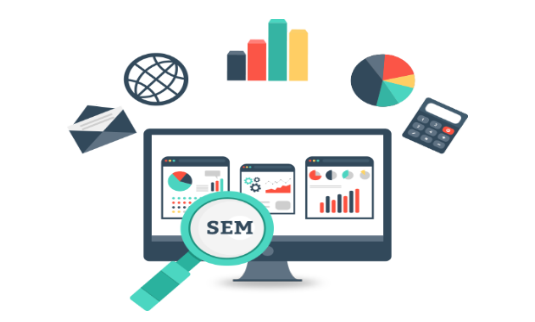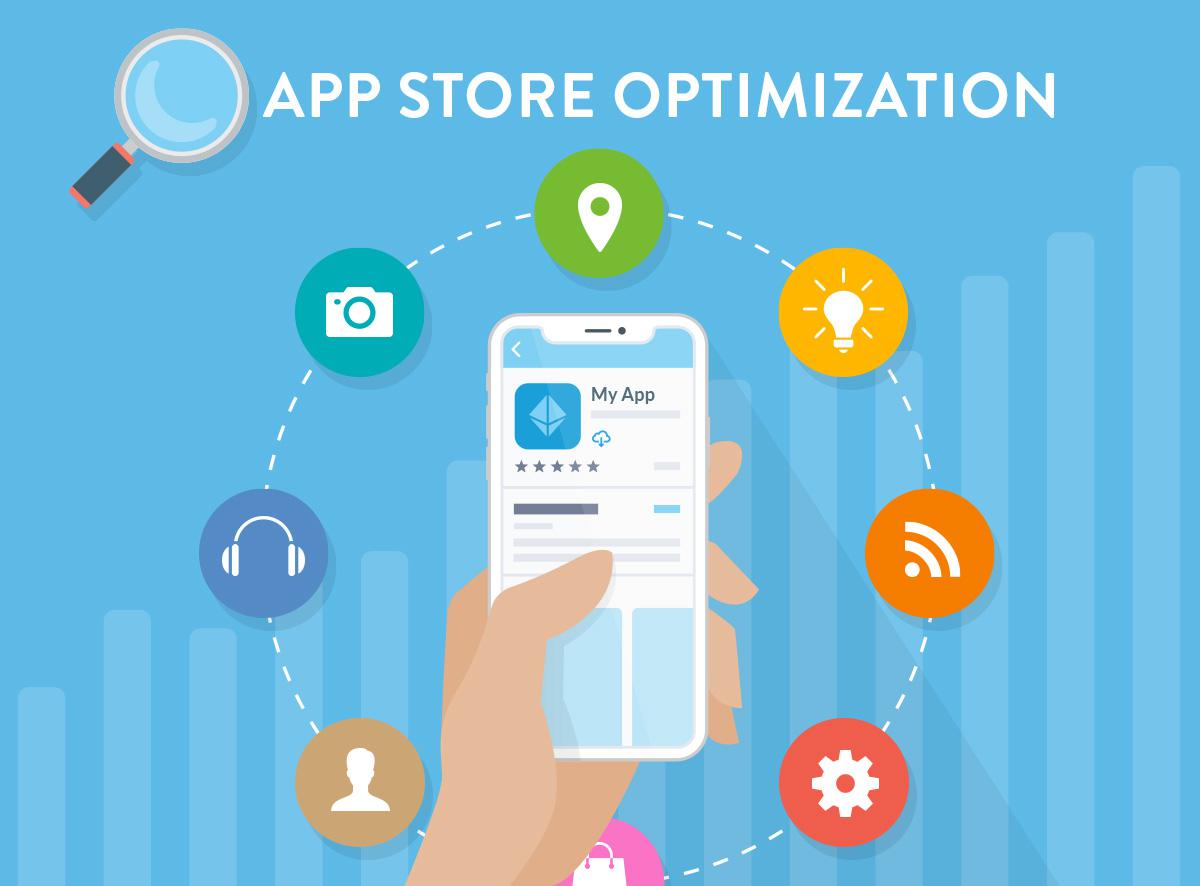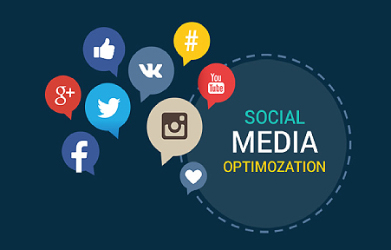Digital Marketing
Rating of Successful marketing imply examining cost ratio to the reach of target audience. Online marketing gives you inexpensive way to reach wide number of customers. BWDC makes your website available in all the following medium of online marketing namely, affiliates marketing/e-mail Marketing/Search Engine Marketing/Social Media Marketing. It gives you advantage of easy tracking, testing and measuring your sale. Online marketing is the best suited method for this purpose. By sitting at their place they do have lot of convenience for doing extensive research about your website and enhancement of customer relationship.
Search Engine Optimization (SEO)

Search Engine Optimization (SEO) is a process to increase the number of visitors and give visibility of your website or a web page by obtaining high rankings on search engine pages through natural or un-paid (organic) search results.
Whenever you enter a query in a search engine and hit 'enter' you get a list of web results that contain that query term. Users normally tend to visit websites that are at the top of this list as they perceive those to be more relevant to the query. If you have ever wondered why some of these websites rank better than the others then you must know that it is because of a powerful web marketing technique called Search Engine Optimization (SEO).
SEO is a technique which helps search engines find and rank your site higher than the millions of other sites in response to a search query. SEO thus helps you get traffic from search engines.







